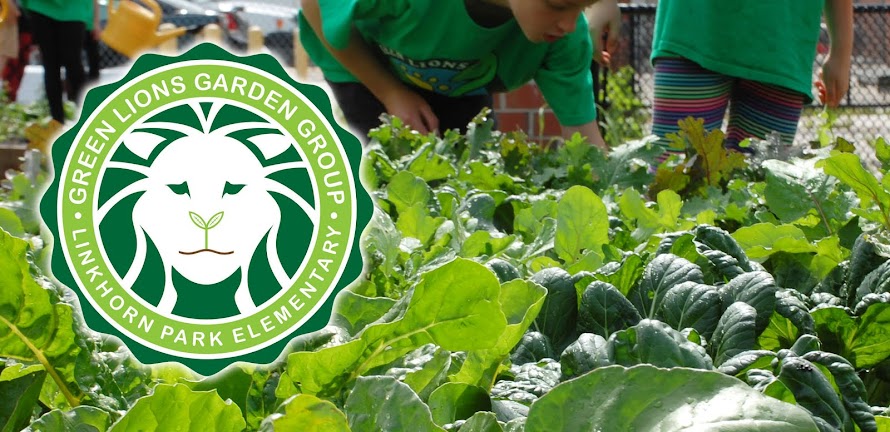Four hundred years ago there were 100 times more oysters in the Chesapeake and Lynnhaven Bays. Records show that the oyster reefs reached 15 feet deep. Boaters could see 60 feet down into the water because the oyster reefs kept the water so clean and clear. Today we have 90 percent fewer oysters and thus dramatically reduced water quality.
What has contributed to this decline in our oyster population? Oysters have been over-harvested for food, and their shells have been used in various ways outside of the water. Ground oyster shells have been mixed into farm fields fore fertilization, into chicken feed for nutritional boosting, and have been used to pave driveways. Oyster shells can be returned to the ocean to become homes for future oysters and Ms. Sorabella is spreading the word.
Why are oysters so important? Oysters filter water. One oyster the size of the palm of your hand can filter up to 50 gallons of water a day from March through December in our area. Oyster reefs also provide protection and food for various sea life. Oysters are what Ms. Sorabella calls a Keystone Species—they play a critical role by giving us information about the quality of our waterways.
We’re running out of oysters shells, so what can we do? Whole Foods and The Virginia Marine Science Museum are drop-off sites for oyster shell collection. We can also support the endeavors of people like Ms. Sorabella who are successfully implementing alternative oyster habitats like oyster castles made from recycled porcelain, granite or concrete.
Ms. Sorabella led the Green LIONS Garden Group students in creating their own filters using various materials. Pebbles, cotton balls, coffee filters and more were tested to mimic the oyster’s filtering ability. Teams of students then filtered dirty water to assess their designs. Some good results, but nowhere near as effective as the mighty oyster.
Ms. Sorabella and her husband Bob Carroll run an exciting and action-packed summer camp series that allows kids from ages 7-15 real life experience with a wide array of sea life including oysters. You can find more information about their Virginia Beach Sea Camp here. Seeing the wonder of our local sea life in action helps students connect how daily decisions they make concerning their impact on the environment affects the health of sea life, our waterways and ourselves.







